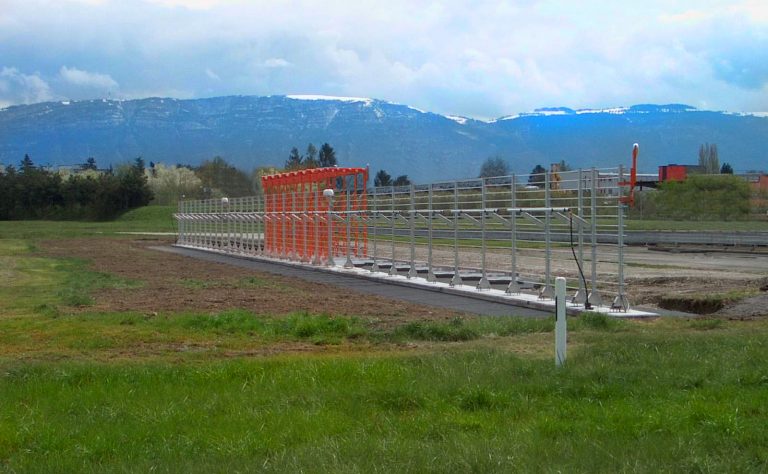
Because the TLS knows the precise location of both the aircraft and the would-be location of standard ILS transmitters, it’s able to provide precision approach guidance to the desired touch-down point without reliance on the actual placement of the transmitting antennas. This location data is then converted into guidance for an aircraft that has been cleared for and tuned to the TLS approach. The TLS is at its core a highly accurate secondary surveillance system that uses multilateration to track the precise location of all aircraft within 100nm of an airfield. The pilot can then “fly the needles” to the prescribed decision height at which the runway environment must be in view to execute the landing. An onboard ILS receiver simply compares the aircraft’s current position with static signals from antennas aligned with the desired localizer and glideslope course for the approach, and corrections are displayed on an HSI or CDI console in the cockpit. Traditional ILS systems are passive in that there is no 2-way communication between the aircraft and the landing system.



The TLS is fully compliant with ICAO and FAA requirements for a Category I ILS, but its underlying architecture is quite different and offers unique benefits that no other system can offer. The TLS from ANPC is a transponder-based Instrument Landing System designed to provide precision approach capability at airports with terrain or real estate constraints that render common ILS systems infeasible or cost-prohibitive.


 0 kommentar(er)
0 kommentar(er)
